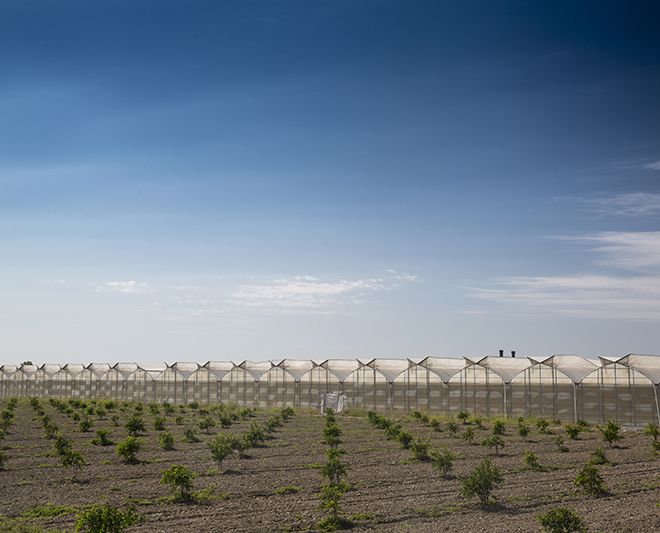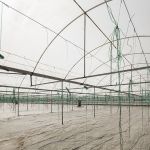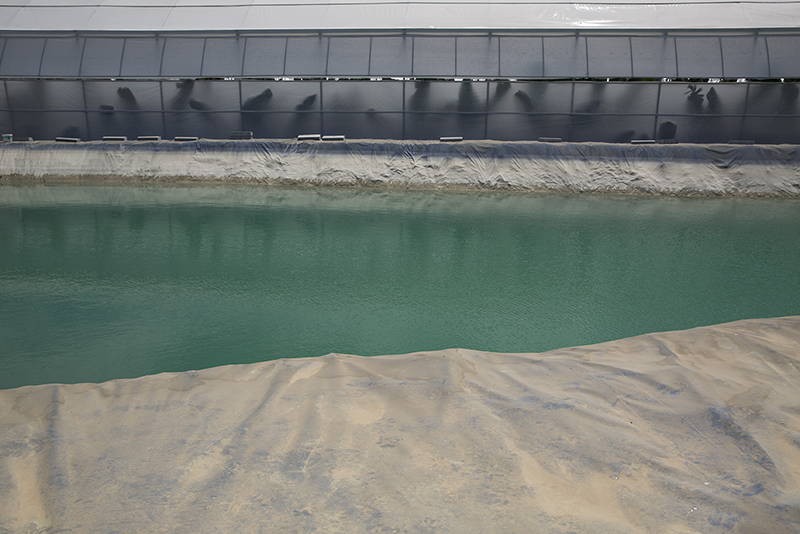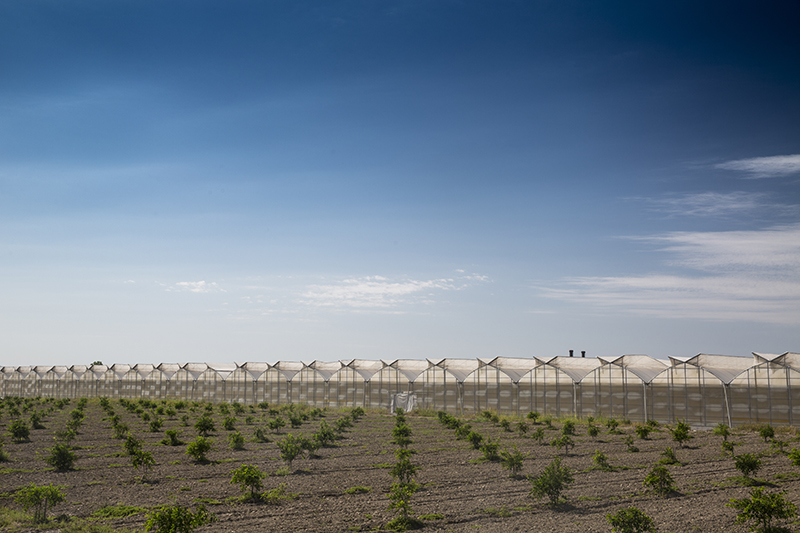
- Increases the effectiveness of light.
- Prevents cooling by reducing heat loss at night.
- Crops are harvested between 12 and 20 days earlier.
- Because it refracts sunlight, it keeps the plant from burning out in hot, sunny weather.
- Ensures that sunlight is distributed evenly throughout the greenhouse.
- Saves the temperature difference of 4 to 5 ° C.
- Protects against frost damage.
- The EVA additive increases flexibility while also providing long-term durability.
- The issue of slow growth caused by frequent shading of plants against each other is resolved.
- The use of shading materials is reduced during the summer.
Compound Greenhouse Covers
- For 9-12-24-36-60 Months UV+EU
- For 12-24-36-48-60 Months UV+IR+EU+LD+EVA
- For 24-36-48-60 Months UV+IR+EU+LD+AF+EVA
- For 24-36-48-60 Months UV+IR+EU+LD+EVA+SR
Greenhouse Additives and their Properties
- UV (Ultraviolet) Additive
- IR (Infra-Red) Additive
- EU (Anti-Bacterial) Additive
- EVA (Ethylene Vinyl Acetate) Additive
- LD (Light Diffuser) Additive
- AD-AF (Anti Drip-Anti Fog) Additive
- SR Additive UV Block (UV Absorber) Additive
- In the construction industry, they are used for liquid substrates or for the protection of material.
- It is in storage in the paint industry.
- For covering purposes in bad weather conditions.
- In agricultural fields.
It is the use of solar energy to heat the soil by covering it with a thin polyethylene film (Solarization Cover) on moist, uncultivated soil. The objective of this application is to weaken or eliminate disease factors, weeds, and nematodes that are harmful to plants in the soil.
MANNER OF APPLICATION
The solarization process should be carried out in the summer, when the days are the longest and the temperatures are the highest. The soil should be kept moist at all times. The cover’s edges should be secured by applying a thin solarization film to the soil’s surface. The sun and humidity combine to produce a temperature range of 70°C to 80°C. This application remains on the soil for approximately 6 weeks. (In some cases, this period may last longer than 10 weeks.) The soil is partially sterilized at the end of the application.
BENEFITS OF THE APPLICATION
Agricultural pesticides are saved. It is cost-effective for the solarization process. The soil structure is preserved. It acts as a heat and gas barrier, preventing heat and gas from transferring from the soil to the outside of the film. It is an eco-friendly application.
Nematodes are typically found in soil, water, and decaying organic matter. Many species feed on different parts of plants and thus become pests. Plant parasitic nematodes are microscopic creatures that range in size from 0.2 to 5 mm. Being recognized in their environment is a difficult and exhausting task for them. For many years, fewer studies on these creatures were conducted than on insects and other animal pests. Colorless and transparent nematodes are common. Rain and irrigation water, wind, dish plant residues, dish soil fragments that stick to the feet of humans and animals, soil processing tools, dish vegetable seedlings, fruit seedlings, bulbous plants, and plant seeds all contribute to their spread. Other nematodes in plants damaged by disease microorganisms (bacteria, fungi, and viruses), and primarily in plants, facilitate the activities of nematodes damaged by other diseases.
NEMATOD COVER
With the additives included in the solarization cover:
- It gives an advantage in the fight against nematodes.
- It provides 2C-3C more heat increase than normal plastics. Therefore, it significantly enhances the effect of solarization.
- Solarization is performed in a shorter period of time than in a regular film.
- It is significantly effective against some fungal pathogens (Sclerotinia, Phytopthra, Rhizoktonia, Fusarium… etc.).
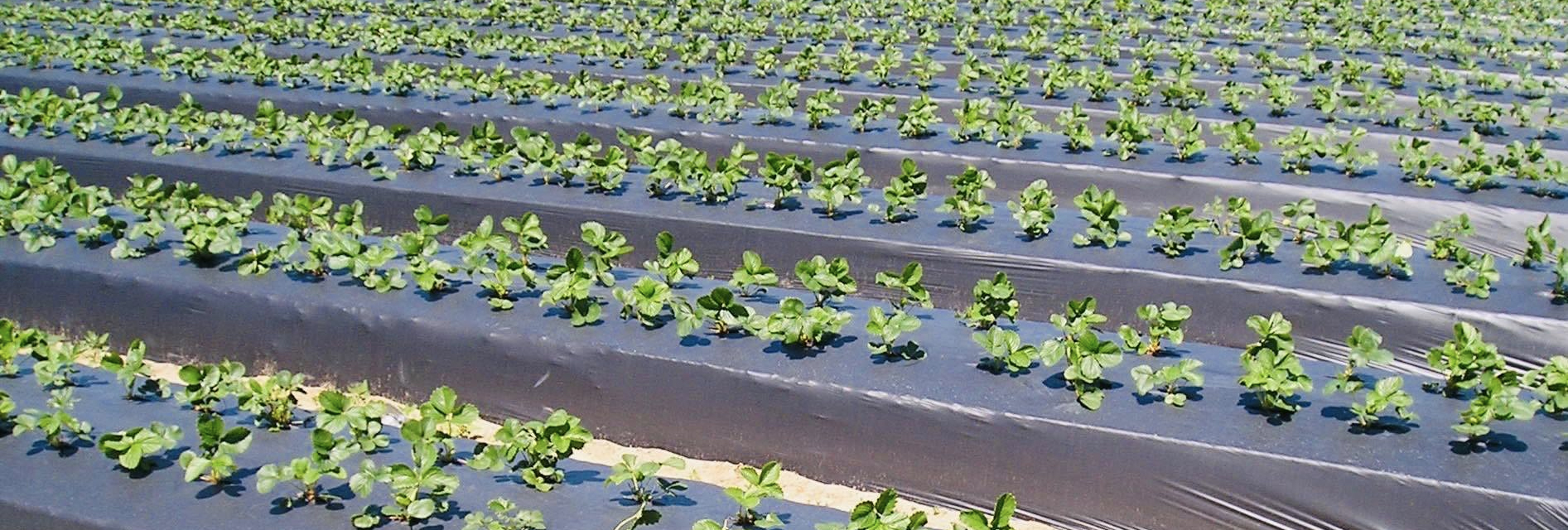
BLACK MULCH FILM
It prevents the growth of noxious weeds. It drastically reduces labor costs. It keeps the soil moist and prevents it from drying out and forming a duff layer. In terms of water consumption, it is cost effective. It preserves the soil’s vitality (mellowness of soil). The soil’s temperature becomes homogeneous.
TRANSPARENT MULCH FILM
Because of its light transmittance, it heats the soil. It has a positive effect on plant development, especially in the winter. It is safe to use where there are no noxious weeds. It is especially beneficial during the winter months. Black mulch films are better suited for the summer months.
INSECT-REPELLENT MULCH FILM
It is a mulch film, the upper layer of which is silver in color, and the lower layer is black in color. Insects are unable to approach the plantation once they have been laid. It safeguards products against harmful pests. It prevents weed growth. It raises the yield.
INSECT-TRAP MULCH FILM
It is a mulch film that has a yellow upper layer and a black lower layer. When laid, it collects insects on the cover’s plants. Spraying is only done in this location. The drug has no effect on the other plants. It reduces the use of agricultural pesticides. It prevents weed growth. It raises the yield.
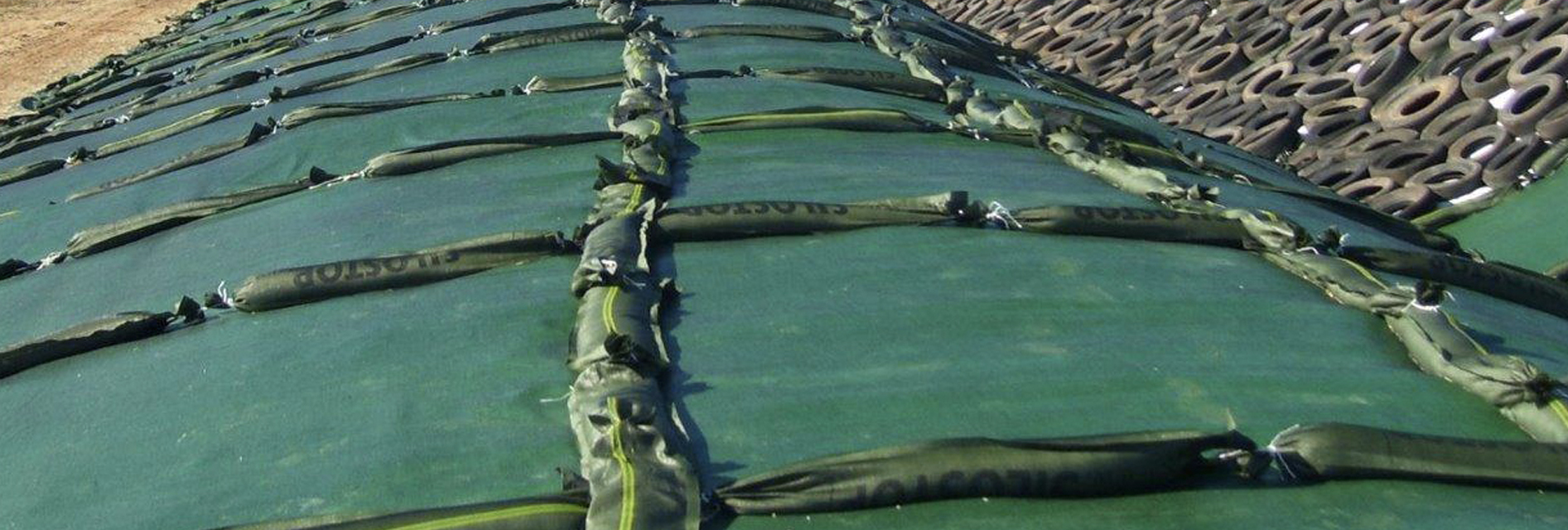
It is used in livestock breeding to produce silage. It consists of a green top layer and a black bottom layer. It inhibits the growth of harmful bacteria and fungi, allowing the quality to improve. It saves 70% of the cost of feed, which is a cost in cultivation. It eliminates the need for the previous application’s sand to be pulled over the cover. Because it is UV added, it can be used for a long time.
In cold weather, the thermal curtain is used to keep the greenhouse temperature stable. It has an extremely high thermal conductivity. In cold weather, the thermal curtain raises the temperature inside the greenhouse by +2 to +4 degrees Celsius. On request, it can also be produced with heat additives. It keeps water droplets away from plants. It saves a lot of money on heating.
Vegetable bags are produced in thicknesses between 20 dec 50 microns, transparent color, with optional holes and (antifog) additives. They are used during the pre-packing of vegetables (cucumbers, carrots, eggplants) and fruits such as bananas before transportation.

It is used in the manufacturing of silage for livestock breeding. It saves 70% of the feed costs associated with breeding. Since it is UV-additive, the period of its use is quite long. It is produced using 5-layer cast technology. It is weather and moisture resistant. It is UV protected and suitable for all climates. The waterproof plastic roller is suitable for all winding machines. It is completely recyclable. It is available in three colors: green, white, and black.




